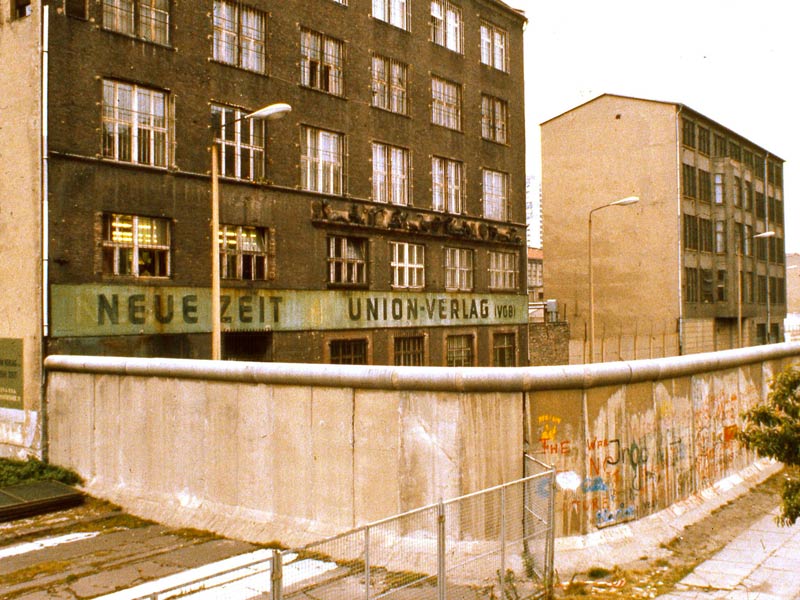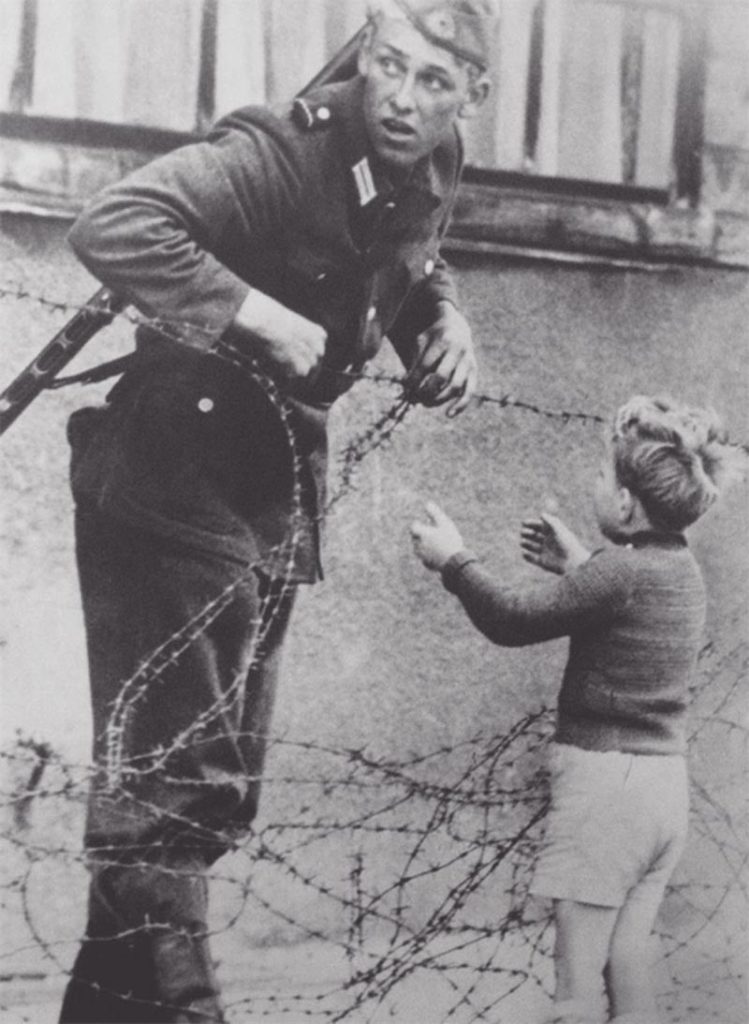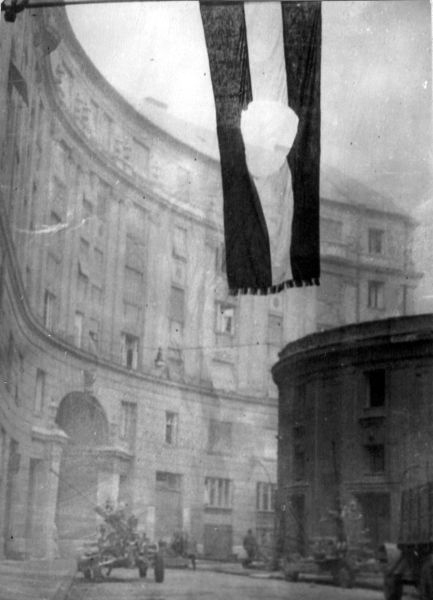
Berlin, the capital, was technically in the Soviet zone, but was also split; the Soviets administered what would become East Berlin and East Germany.
The Soviets stripped East Germany of its manufacturing capability as partial reparations for the war. Unable to regain its economic legs, East Germany sank into poverty. Meanwhile, the British and Americans began a massive aid program with two major objectives—to stop the spread of communism and to speed economic recovery in Western Europe. West Germany, the largest market in Europe, was key to that recovery.
But after the blockade was lifted the city remained divided.
But a strong, wealthy Germany, even if neutral, was a worry to the Soviet Union, which rejected proposal after proposal to unite the divided nation.
The disparity between East and West was most apparent in Berlin, where people crossed from one side to the other every day. In 1948, the Soviet Union set up a blockade, stopping all access by road, rail and canal to East Berlin—but it was subject to an agreement to keep the airport open. For nearly a year, the Americans, with assistance from the British and the French, supplied food, clothing and coal for heat to East Berlin.
But after the blockade was lifted the city remained divided.

The Soviet Union was not the only country worried about a renewed threat from a united Germany. In 1949, Britain and other Western European countries joined with the U.S. and Canada in establishing the North Atlantic Treaty Organization (NATO). This joint security arrangement allowed for the end of the Allied military occupations imposed in Western Europe after the war. Nearly a million members of the Canadian Armed Forces were stationed at NATO bases in Western Europe to the end of the Cold War, keeping the region secure from Soviet aggression.
All the while, the Soviet Union was busy annexing countries along its border, turning them into vassal states. In 1956, Hungary provided an example of what happens to countries protesting communist rule. In late October, Hungarians undertook a nation-wide uprising and formed a temporary democratic government that sought to introduce freedom of speech and religion. By Nov. 4, Soviet tanks had encircled Budapest; Hungary fell back to the Soviets on Nov. 10.

Overnight on Aug. 12-13, 1961, more than 50 kilometres of barbed wire was laid down, soon followed by a concrete wall—an iron curtain dividing East Berlin and West Berlin into two solitudes. The line of checkpoints between them was the nexus of the Cold War.
East Berliners were forbidden access to West Berlin. Citizens who once freely moved between the cities to work and to shop were now turned back at border checkpoints.
That wall stood until Nov. 9, 1989. Its destruction marked the end of the Cold War and one of the key events in the fall of the Soviet Union.
Advertisement












